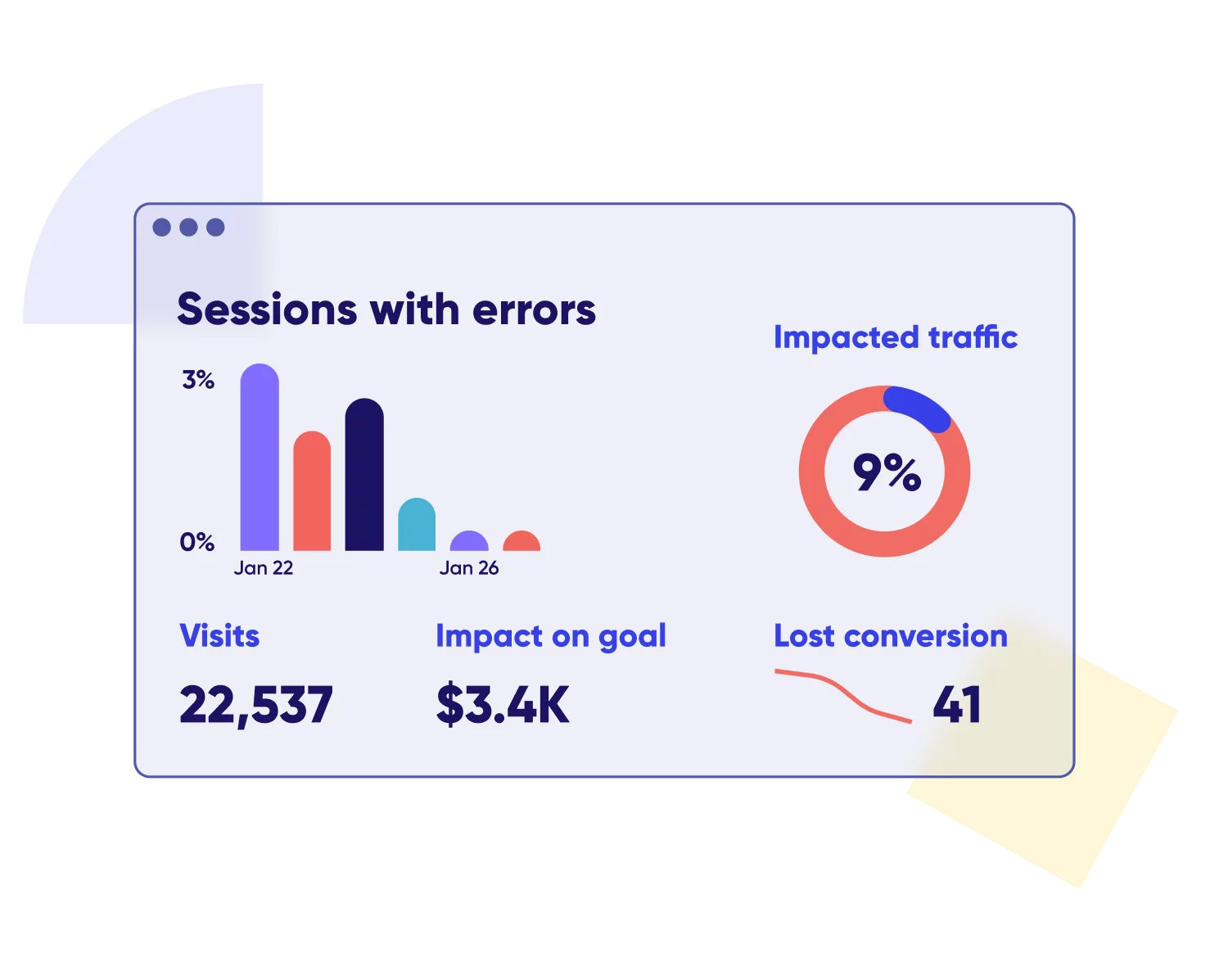
Fix the errors that hurt the worst.

As a website owner or digital marketer, understanding bounce rate is essential for optimizing your website’s performance. But what exactly is a good bounce rate, and how can you determine if your website is performing well in terms of user engagement?
Bounce rate is the percentage of visitors who leave your website after viewing only one page. While there isn’t a specific threshold universally considered as “good” or “bad,” understanding the optimal range for your website can provide valuable insights into user behavior and website performance.
According to industry data, the average bounce rate for most websites falls between 40% and 60%. However, it’s important to consider the industry and type of website when evaluating average bounce rates. For example, blogs and news websites tend to have higher bounce rates due to users often reading a single article and then leaving.
Determining a good bounce rate depends on the purpose and goals of your website. E-commerce sites may aim for a lower bounce rate, indicating that users are exploring products and potentially making purchases. On the other hand, landing pages for advertising campaigns may have higher bounce rates but still serve their intended purpose if users complete the desired action, such as filling out a form.
Fix the errors that hurt the worst.
It’s important to consider the industry and website type when evaluating bounce rates. Certain industries, such as entertainment or lifestyle, may naturally have higher bounce rates due to the nature of their content. Additionally, different types of websites, such as blogs or informational sites, may have different user behavior patterns that impact bounce rates.
What is a good bounce rate? Several factors can influence bounce rates on your website. Understanding these factors can help you identify areas for improvement and optimize user engagement.
A well-designed website with intuitive navigation and an appealing layout can reduce bounce rates. Ensure your website is visually appealing, easy to navigate, and mobile-friendly to provide a positive user experience.
Users expect fast-loading websites, and if your pages take too long to load, they are likely to leave. Optimize your website’s performance by minimizing image sizes, leveraging caching techniques, and choosing reliable hosting services.
Creating engaging and relevant content is crucial to keeping users on your website. Tailor your content to address the needs and interests of your target audience. Use compelling headlines, easy-to-read formatting, and visual elements to capture and maintain their attention.
Fix the errors that hurt the worst.
Implementing effective internal linking can encourage users to explore more pages on your website, reducing bounce rates. Use strategic internal links to guide users to related content and enhance their overall experience.
Now that you understand the factors influencing bounce rates, let’s explore some practical tips to improve and optimize your website’s user engagement:
Let’s take a look at a couple of real-life examples where websites successfully reduced their bounce rates:
Understanding what constitutes a good bounce rate for your website is crucial for optimizing user engagement and website performance. While average bounce rates can provide a baseline, it’s essential to consider your industry, website type, and goals when evaluating performance. By implementing the tips and strategies outlined in this article, you can improve your website’s bounce rate, keep users engaged, and achieve better overall results.
Fix the errors that hurt the worst.